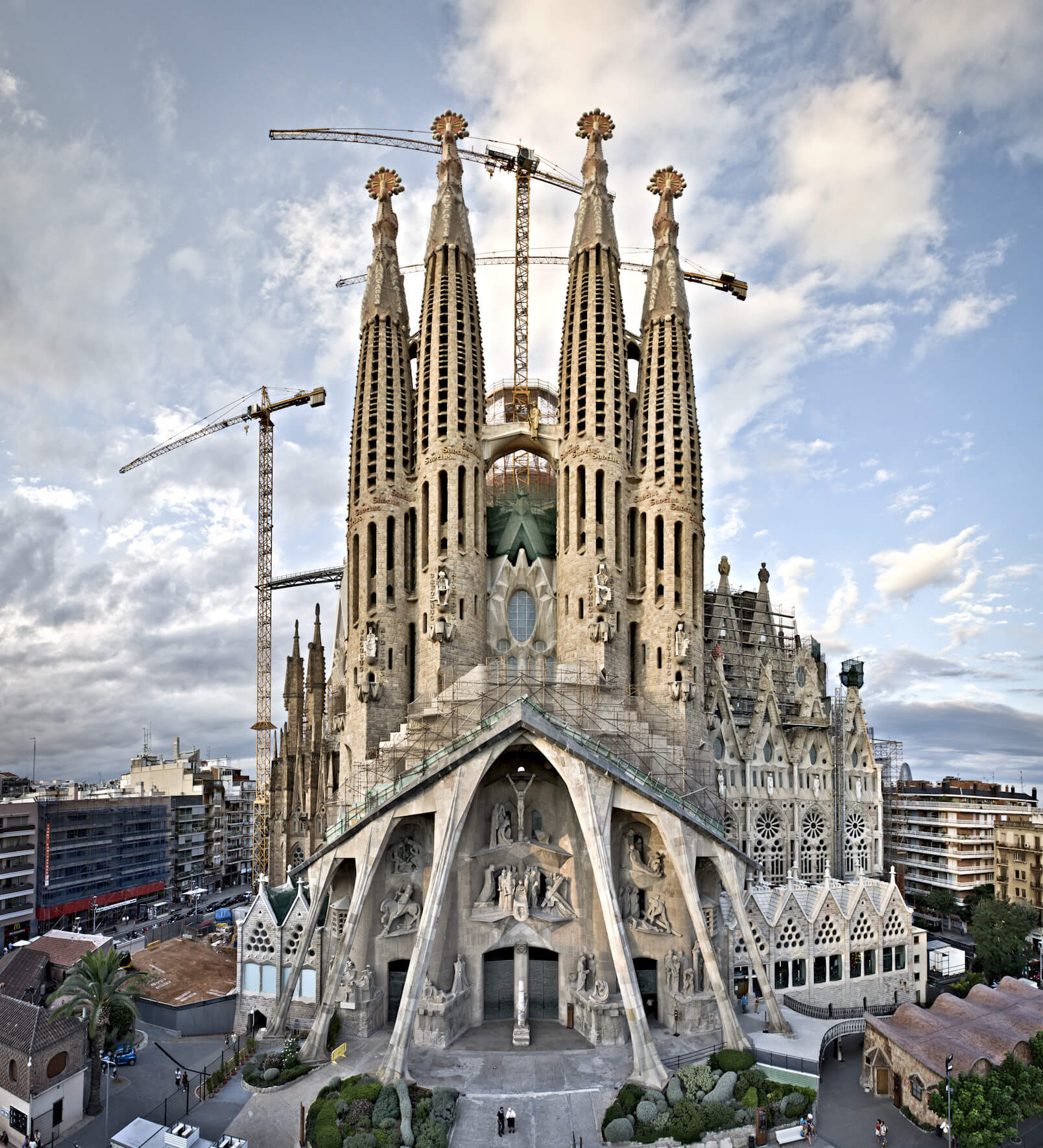

The city was awarded the title of World Heritage site in 1987 for its gothic cathedral which houses the tomb of Christopher Columbus held aloft by four statues of soldiers, and its old Jewish quarter, the barrio de Santa Cruz.Īmong the city's other landmarks is the Real Alcazar, a complex of palaces that has been used by Spanish royals for over six centuries centuries, and the Giralda, a bell tower of the cathedral that used to be the minaret of a Moorish mosque. The building already rises up eight stories into the sky just several hundred metres - and on the other side of the Guadalquivir river - from the historic centre of Seville. ICOMOS, which works to protect cultural heritage sites around the world, advises the UN body on World Heritage sites, which include cultural landmarks such as the Great Wall of China and the leaning Tower of Pisa. It is planning a visit to the city together with the International Council on Monuments and Sites (ICOMOS) to "determine if the skyscraper has a visual impact on the historic centre of Seville, said UNESCO spokeswoman Lucia Kuntz.

Pelli's office boasts the new skyscraper "will define the skyline of Seville."īut that is a prospect that dismays the United Nations Educational, Scientific and Cultural Organization (UNESCO) which since July has called in vain for work on the project to be stopped.

It was designed by Argentine-American architect Cesar Pelli, who is responsible for some of the world's tallest buildings, including the Petronas Towers which dominate the skyline of Kuala Lumpur. The 178-metre (584-foot) high, oval-shaped building, still under construction, will house the offices of savings bank Cajasol when completed in 2012. AFP - Seville is famed for its imposing cathedral and whitewashed streets but the Spanish city may lose its UN World Heritage status because of a new 41-storey skyscraper.


 0 kommentar(er)
0 kommentar(er)
